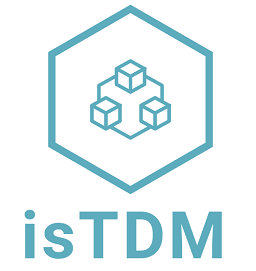Project members can define and adopt particular SE technologies to support the monitoring of TD items.
Identify and define SE technologies that can be used to support the monitoring of TD items.
Status
Recommendations
R1_MON_T1.
Look for specific SE technologies proposed for TD monitoring or proper SE technologies that can be used for this purpose. See the list of some such technologies for TD monitoring here.
Status
Adopt the defined SE technologies to support tracking TD items during the project’s phases.
